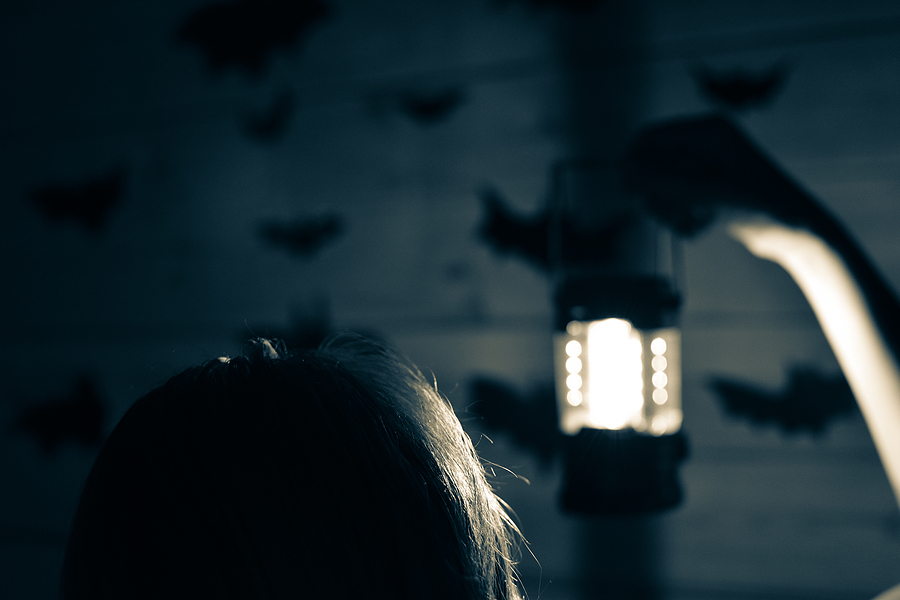Bats can be helpful creatures, eating thousands of insects each night and contributing to the balance of our Eco-system. The problem is that bats can carry diseases and spread them through infestation and bat droppings, a concern commonly over-looked. If you have recently had a bat infestation, or have bats near your property, be sure to take note on the following information to understand the danger associated with being exposed to bat droppings and bat guano.
Bat Guano
Bat guano refers to the solid components within bat droppings; more specifically, bat feces. Guano is actually a widely-utilized natural resource used in villages and tribes all over the world for weapon crafting, building homes, fertilizer, and more. Bat guano is found in areas that bat colonies have nested, such as caves, dens, under bridges, attics, crawl spaces, and anywhere else bats reside.
Histoplasmosis
Histoplasmosis is referred to by many names, such as: Spelunker’s Lung, Cave Disease, Darling’s Disease, or scientifically, Reticuloendotheliosis. It is an infectious disease that is contracted by over exposure to bat guano. There is a fungus that grows in guano called Histoplasmosis Capsulatum. The inhalation of these spores within the guano causes flu-like symptoms, like coughing and difficulty breathing. It is not a contagious infection but can be easily contracted if precaution is not taken.
Those at Risk
Anyone, child or adult, can contract Histoplasmosis. It is rare for just anyone to get the disease because the fungus is only found in dark, warm areas that bat guano is found. So the more common people to fall victim to the illness are spelunkers, chimney cleaners, cave miners, and people that frequent attics and crawl spaces often. Because they work in areas that bats may dwell in, they are at risk to inhaling the infection causing spores and falling ill.
It is not typically fatal unless a person has severe and long term health complications, such as the elderly. Otherwise, if treated at the first signs of illness, it is no more dangerous than the common cold. In fact, in most cases, it just goes away on its own.
Bat Removal Indiana
Call 317-535-4605 for prompt and professional bat removal and control in Indianapolis and its surrounding counties. We are DNR licensed and certified wildlife control contractors that provide a wide range of bat removal and control services for residential and commercial properties. From bats in the attic and bat exclusion, to bat cleanup and minor attic restorations, our professional wildlife contractors are fully-equipped to manage your bat problem! Call 317-535-4605 for a free estimate and information about our bat removal services in Indianapolis, IN.

